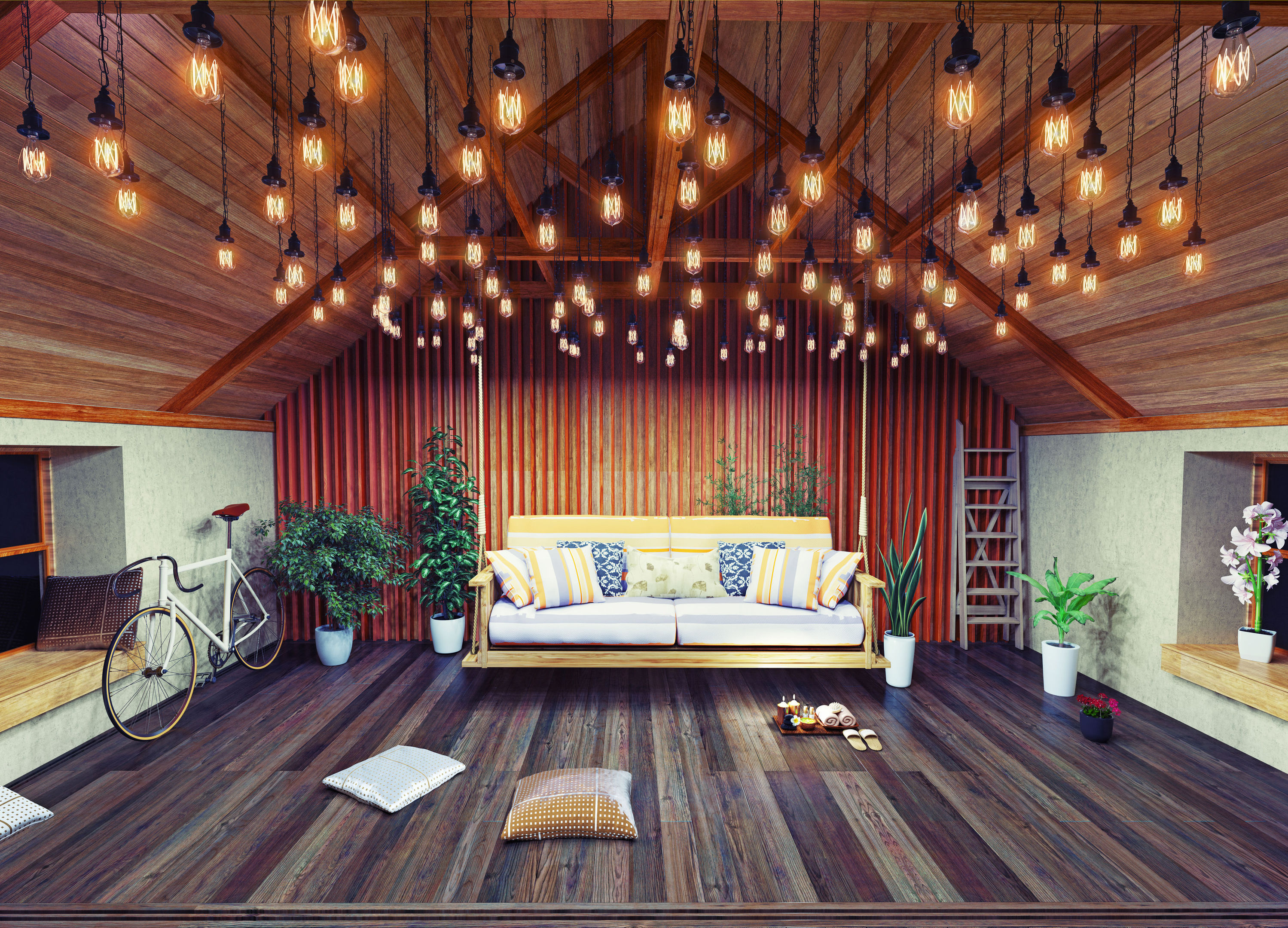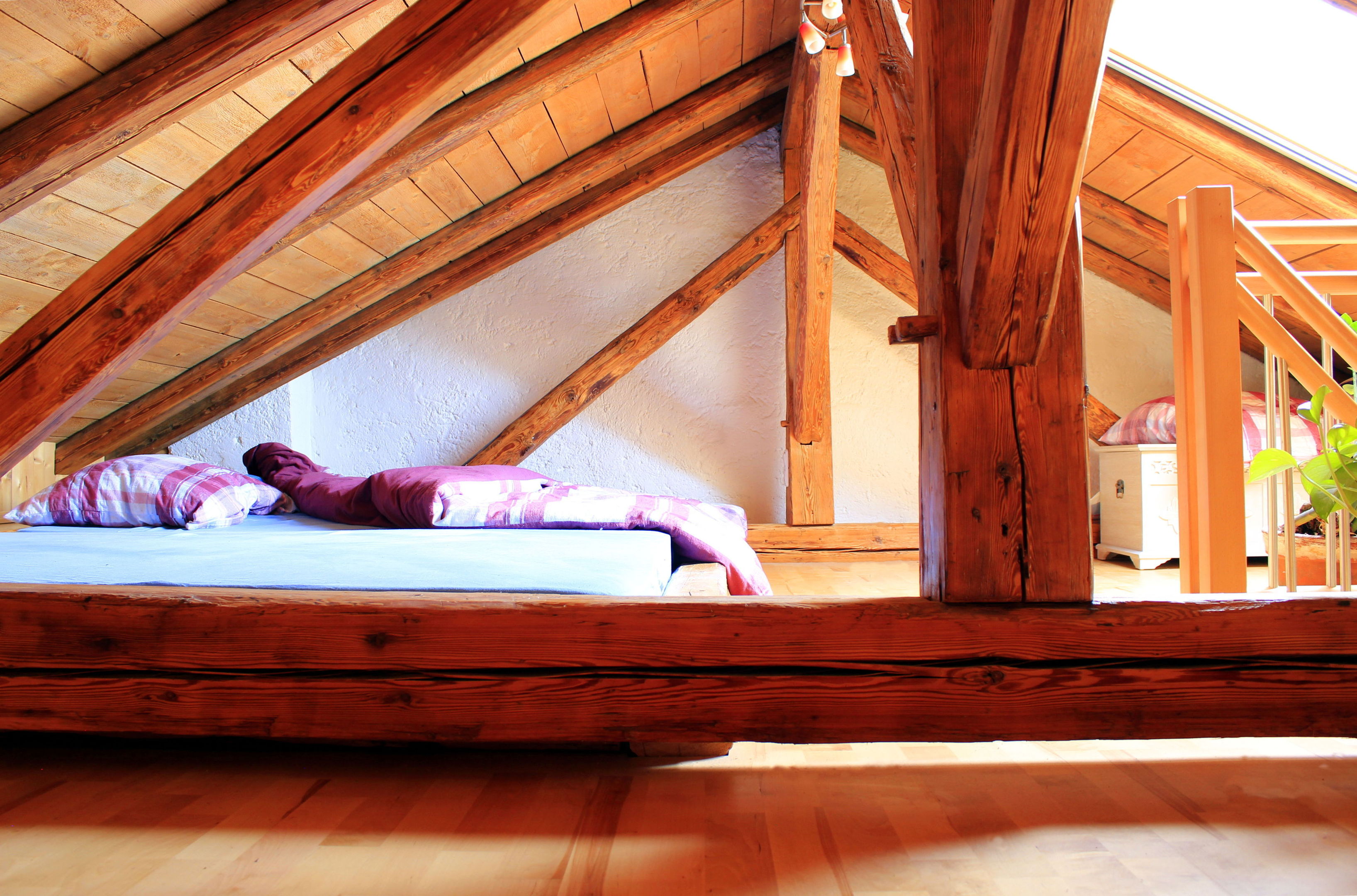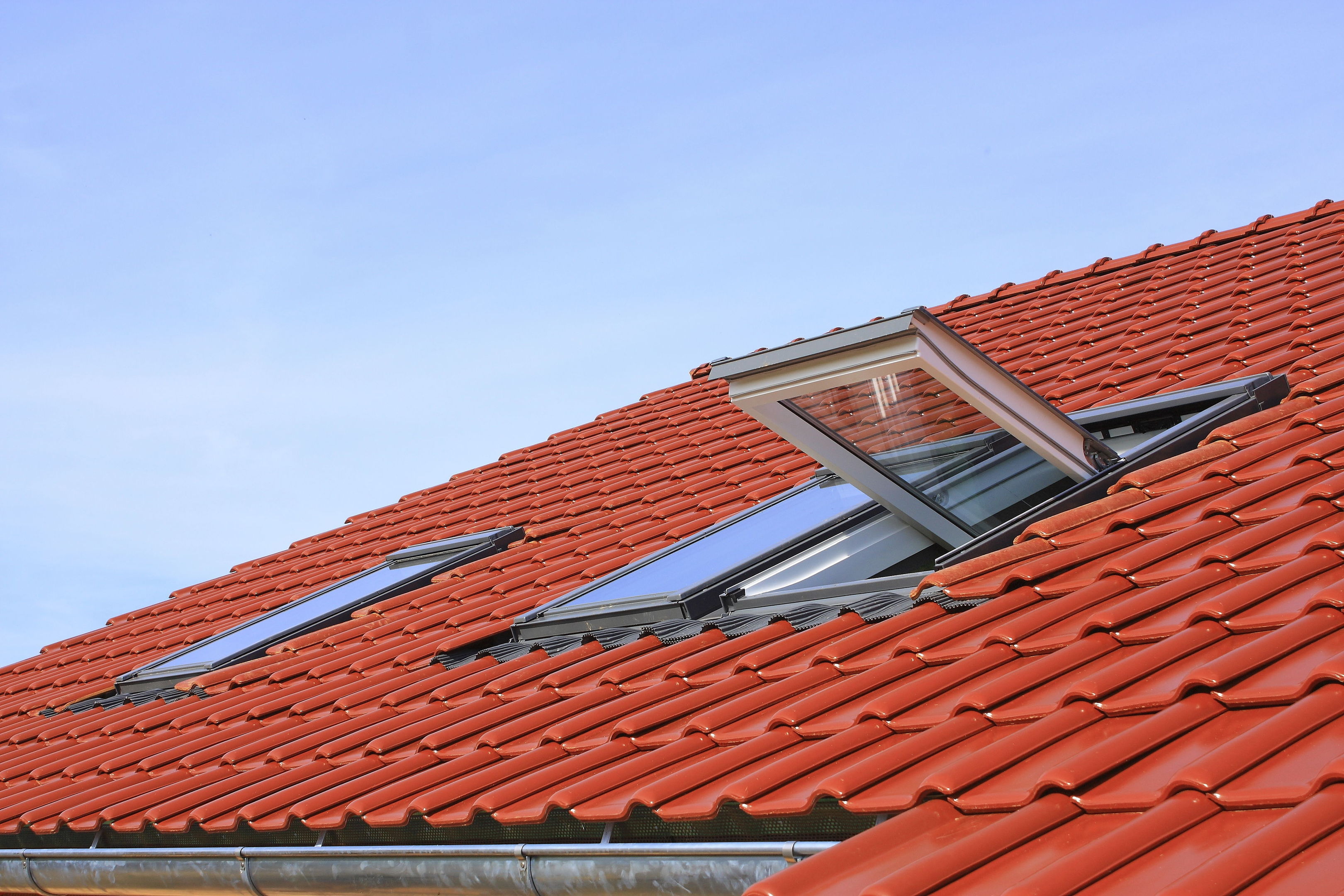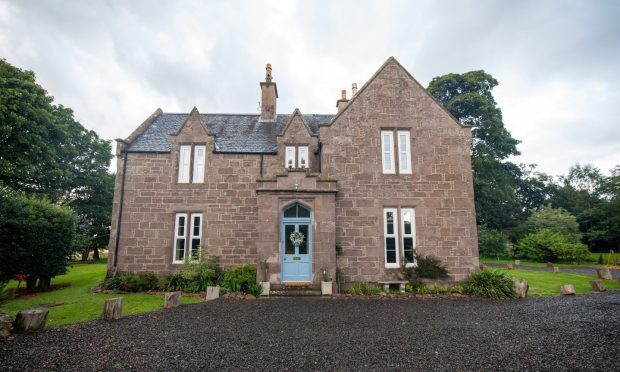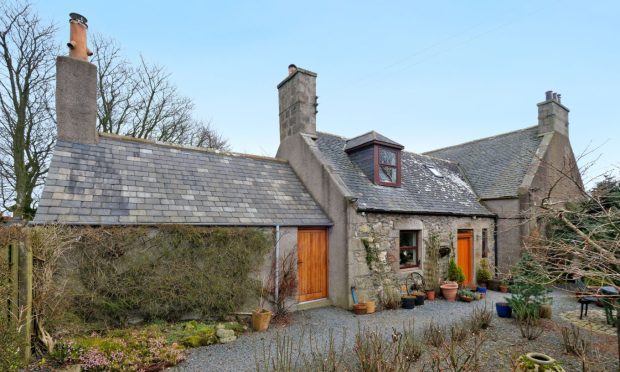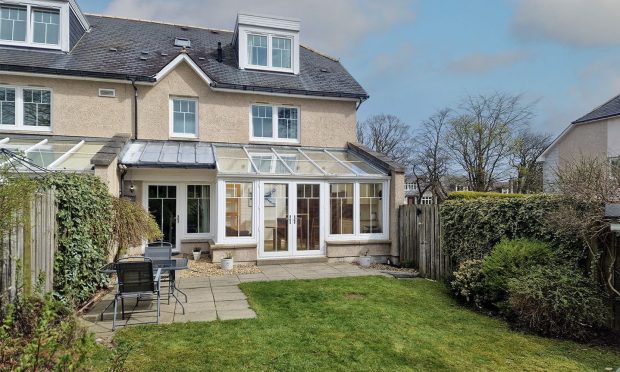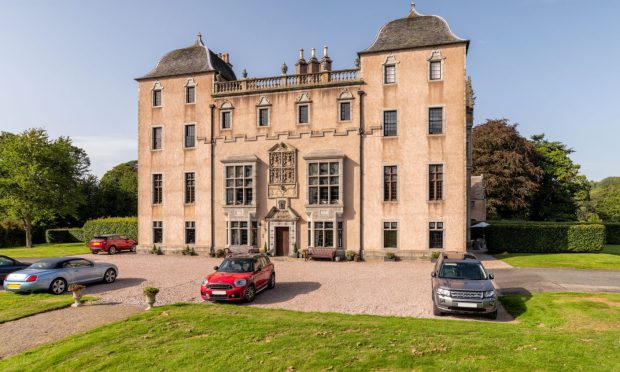If you need more space at home, converting the loft into an extra room or rooms can make a lot of sense, both now and when you come to sell.
If your home’s loft is more useful to you as living space than storage, converting it is the obvious thing to do.
A loft conversion should make your home more valuable and sellable and if you can fit a bathroom or shower room up there as well as a bedroom and built-in storage, you have the perfect master or guest suite.
Loft conversions can cost from around £20,000, but are often a lot more, depending on the size, spec and type of conversion.
The cheapest and easiest loft conversions are ones with only skylights, as the line of the roof is unchanged. However, this isn’t ideal if the loft has limited space and head height. If possible, building out the roof to create more usable space inside will give you a much more satisfactory conversion.
This often means building a dormer across almost the whole width of the roof and changing the line of the roof so it’s ‘straight’ viewed from the front or back instead of sloping.
For a loft to be suitable for conversion, the main space should be at least 2.3 metres high – the steeper the pitch of the roof, the better it will be for conversion.
Standing up in the loft and walking around (if it’s safe to do so) will give you an idea of how much usable space there is. If there isn’t enough head height, even by building out the roof, you may be able to lower the ceilings in the rooms below, but this will be expensive and disruptive and isn’t practical if they’re already quite low.
Another option may be rebuilding the roof to make it higher, but this is a radical and expensive step.
You’ll need space for a staircase up to the loft on the floor below and if this means losing a bedroom, you may not be much better off by converting the loft.
Spiral staircases can be a good space-saving solution, as can narrow (and straight) ‘space-saver’ staircases, although they aren’t necessarily practical for everyday use and may not comply with building regulations.
You sometimes see houses for sale with a ‘loft room’, rather than an extra bedroom in the loft and this is usually because the room doesn’t comply with building regulations.
It’s a shame to spend all that time, money and effort converting the loft into a habitable room and not reap the full rewards, but that’s not necessarily the end of the matter. If you have a loft room, it may be possible to modify it to comply with building regulations so it can officially be called (and be safe to use as) a bedroom.
This can be done, for example, by upgrading the staircase or changing the windows and insulation. Your local council’s building control department will be able to advise you, as they enforce building regulations.
